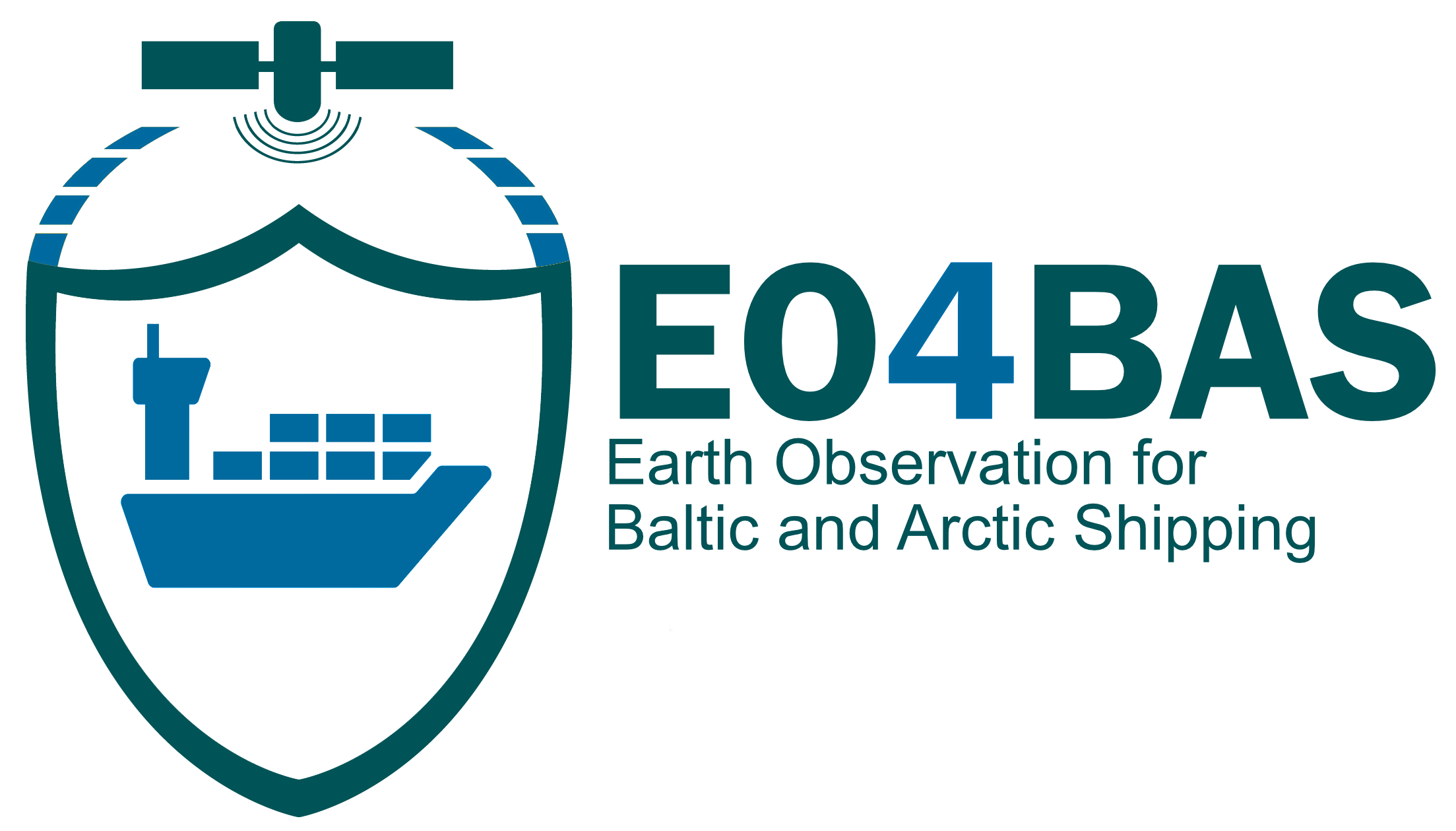The Arctic and Baltic Sea regions, characterized by their cold temperatures and treacherous sea ice, pose significant challenges not only for seafarers navigating these waters but also for every stage of a vessel's life cycle. From initial conception by design, to the insurers underwriting it, to the ultimate journey towards ship recycling, a multitude of obstacles must be addressed. Navigating through dense sea ice, contending with remote locations, extreme temperatures, unpredictable weather, and the constant risk of icing are just a few examples of the daunting challenges facing maritime professionals.
Earth Observation (EO) satellites provide a unique vantage point, enabling the frequent monitoring of vast and inaccessible areas. They offer historical data for strategic planning and dimensioning, while also providing near real-time remote sensing capabilities to gather critical information on ice conditions, coastal morphology, and bathymetry. By integrating EO data throughout a vessel's life cycle, professionals can greatly enhance situational awareness, risk assessment, and decision-making, empowering them to navigate these unique challenges with heightened confidence, safety, and efficiency. Recognizing the immense potential for tackling these challenges, the Earth Observation for Arctic and Baltic Shipping (EO4BAS) seek to bridge the gap between users and EO providers by:
- Map the needs in the shipping sector operating in the Baltic and Artic, for which the current and near future satellite technology and Earth observation products can provide a fit to purpose information.
- Define a roadmap to best practice usage of EO information products.
- Demonstrate accessibility and usability of fit to purpose EO information products through a DEMO platform, showcasing their practical application and the tangible benefits they offer.


This page has no comments.